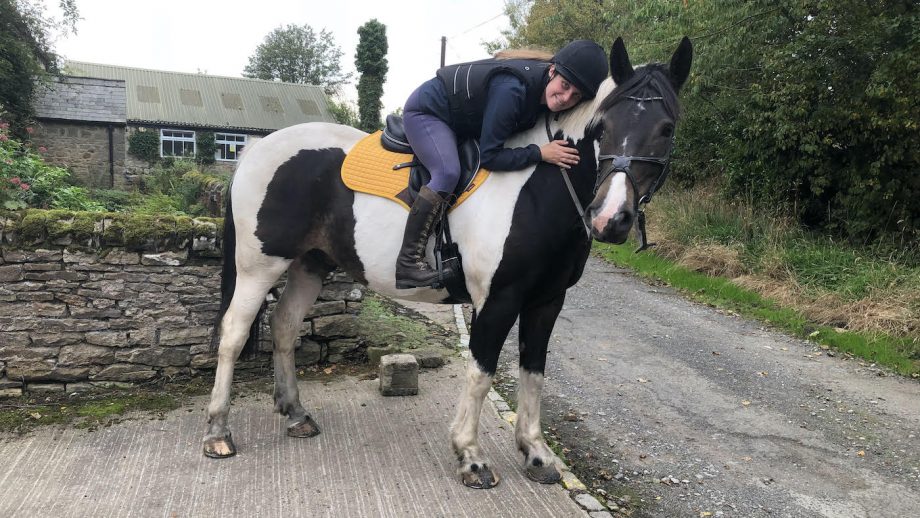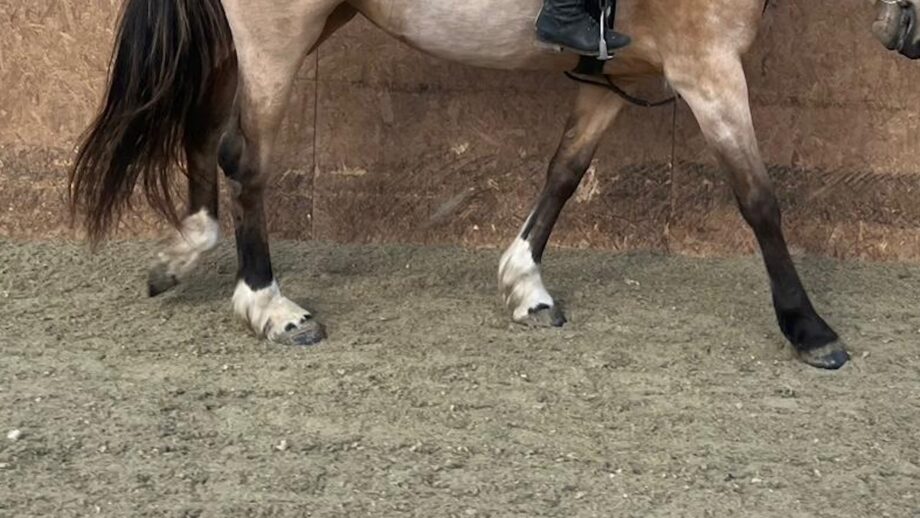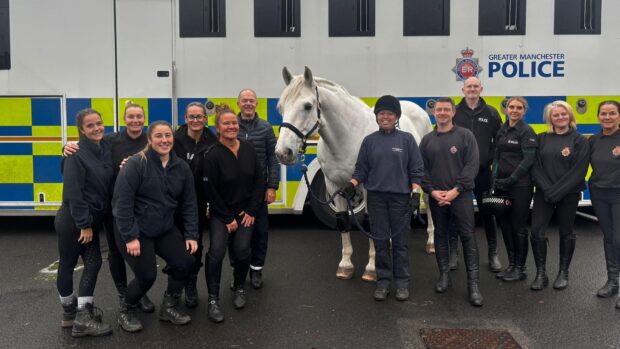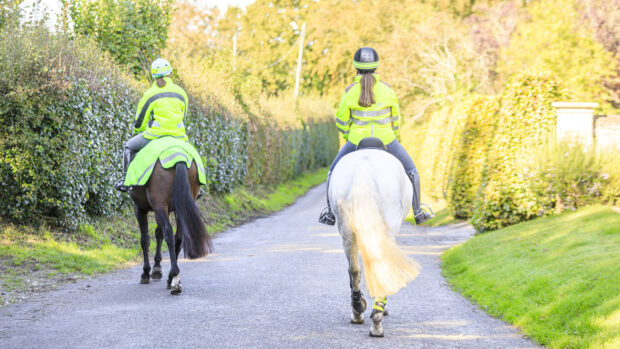Riders are urged to “believe what they feel” and listen to what their horses are telling them, as those often labelled “naughty” or “lazy” may be suffering from suspensory ligament pain, among other potential issues.
Mary Frances, CEO of Moorcroft Equine Rehabilitation Centre in Sussex, has spoken up to highlight suspensory pain as a common cause of issues including unidentifiable lameness and reluctance to go forwards.
“It’s worrying – and incredibly frustrating – to hear of horses who have been simply labelled as ‘naughty’ or ‘lazy’, when in fact they are suffering from suspensory ligament pain and are, therefore, unable to perform adequately,” she told H&H.
“Additionally, in the absence of a correct diagnosis, trainers can often encourage riders to change tack, increase or change feed or ride for longer, blaming a lack of fitness, which can all contribute to the issue and make it worse.”
Ms Frances cited the recent case of a five-year-old mare who had, despite her owner’s best efforts, been “struggling for months with lameness, weakness and behavioural issues” but no issue had been diagnosed. Eight weeks after her arrival at Moorcroft, the mare was comfortable under saddle again.
“Failing to obtain a correct diagnosis can result in serious repercussions, so I would advise any riders or owners with concerns to always seek a second opinion,” she said. “Also, I urge riders to believe in what you are feeling and believe in the feedback from your horse that you truly know very well.
“No horse wakes up in the morning and decides to be ‘lazy’ and not want to work with energy on one rein or the other. We owe it to these amazing horses to listen to them when they struggle with their work. The horse’s welfare is paramount and must be the most important issue at all times. The earlier any condition is identified and treated the better chance of a long-term successful and sound future.”
Possible indicators of suspensory pain include reluctance to go forward, difficulty maintaining straightness, poor engagement and struggling on deep or wet surfaces.
The mare in question was scanned and found to have damage to both rear suspensory ligaments; she underwent a rehab plan involving platelet-rich plasma (PRP) treatment to the ligaments and her sacroiliac area, which is often affected as a secondary issue. She then had strengthening work on long reins.
“Only once the pain and discomfort has been reduced with PRP, can long-reining work begin,” Ms Frances said. “Short, quality long-reining sessions allowed us to strengthen the back and hindquarters without causing damage to the suspensory ligament area. It is essential that the surface the horse works on for this is firm, even and helpful; deep, uneven or irregular surfaces can do even more damage.
“To get the very best results, consistency is key, with the work monitored at all times. Importantly, for this type of injury, straight line work is more beneficial than circles.”
A spokesperson for Moorcroft added: “The mare’s transformation was evident within weeks. Her posture improved, her movement became fluid, and she was once again able to carry a rider with ease.”
- To stay up to date with all the breaking news from major shows throughout 2025, subscribe to the Horse & Hound website
You may also be interested in:

‘I’m glad I listened to him’: horse who ‘exploded’ when ridden found to have wire embedded in his forehead

‘Be the catalyst for fun in your horse’s life’: Emma Massingale’s expert tips to get a horse to tune in and listen to you

Being a pain, or in pain? We need to listen to our horses

‘They’re trying to tell us – we need to listen’: rider of ‘naughty’ horse diagnosed with kissing spine wants to help others notice signs earlier

Subscribe to Horse & Hound magazine today – and enjoy unlimited website access all year round




